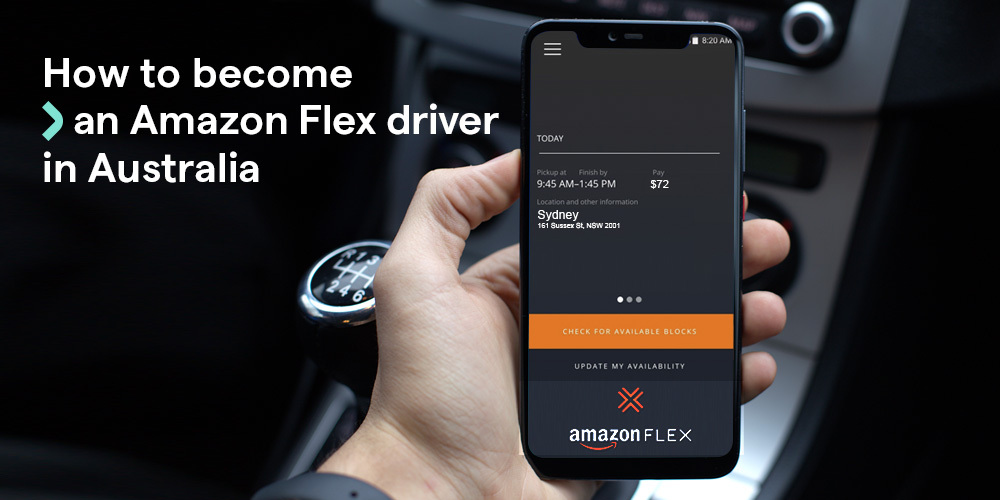If there’s something electric car enthusiasts and sceptics all agree on is that EVs are different. For sceptics, electric cars are difficult to charge, unfavourable for longer trips and too expensive. The reality is that they’re pleasantly quiet, easy to drive, fuel-thrifty, cheaper to maintain and offer an overall unique driving experience.
Regardless if you’re truly passionate about electric cars, or just fancy the green mobility idea to cut your expenses, here is our complete guide to help you make the best out of your electric car experience.
Contents
How to charge an electric car?
- Where can I charge my EV?
- What charging connector types are available in Australia?
- What are the charging levels available in Australia?
- How long does it take to charge an electric car?
- How much does it cost to charge an electric car?
- How can I charge my electric car?
1. How to charge an electric car?
Where can I charge my EV?
There are three primary ways to charge your electric car, using:
- Home standard wall socket
- Dedicated DC charger at home
- Public DC charging stations
To understand the EV charging process even better, it’s mandatory to know the difference between charging with alternative current (AC) or direct current (DC):
- AC is more accessible (your household wall socket) but provides slower charging
- DC requires a more complex infrastructure (dedicated home charging unit or public charging points), but it’s much faster.
What charging connector types are available in Australia?
The standard plugs used in Australia are Type 2 (Mennekes) for AC charging and the CCS and CHAdeMO for DC charging.

Once you’ve chosen your electric car, you’re left with just one or two charging connectors to focus on and use a charging app to find the nearest compatible public charger.
What are the charging levels available in Australia?
Charging points fall into four categories depending on the speed at which they can charge your EV.
The most common in Australia are Level 1, Level 2 and Level 3 chargers.
How long does it take to charge an electric car?
The larger your car’s battery, the longer it takes to charge it. Cars charge somewhat slower, between 0-20% and 80-100%. This is to save the battery from premature wear.
TIP: It’s most efficient to run the car within 20-80% most of the time.
That doesn’t mean you shouldn’t charge it up to 100% occasionally, but don’t aim for full cycles every time. The table below includes estimated charging times from 20% to 80%, for different battery sizes and charger types.
If you’re a rideshare driver, the best practice is to slow-charge overnight, if possible, and hook up to rapid chargers whenever you get the chance during the day. This is the cheapest and most efficient way to charge while always having enough headroom for an unplanned trip.
IMPORTANT: When using AC power, the highest possible charging speed is limited by the car’s on-board charger, so you may experience slower charging times at AC fast chargers than what their rating would suggest.
DC chargers bypass this system, so this issue doesn’t affect DC fast and rapid charging.
How much does it cost to charge an electric car?
Public rapid charging is twice as expensive as home charging, so many EV drivers prefer to install a home charger that offers good speed and small charging costs.
Australia’s average domestic electricity rate varies between $0.25-$0.40/kWh depending on your state, energy provider and tariff plan. There are ideal plans for electric car owners who want to benefit from nighttime rates, so it’s worth researching and changing your provider or contract before getting an EV. By contrast, public rapid charging can cost up to $0.65/kWh.
Did you know? Charging a 69 kWh Polestar 2 Standard Range from 20% to 80% can set you back anywhere from $12.50 in under eight hours at home to $26.50 in 45 minutes at one of the most expensive rapid chargers.
The best practice for rideshare and delivery drivers is to use a mix of home and public rapid charging to balance their time and expenses best.
How can I charge my electric car?
Charging seems a bit more complicated than filling up the tank at first, but the infrastructure is getting smarter every day. Some cars come with charging maps as part of their on-board infotainment system, but there are plenty of third-party charging apps too that you can download on your phone. You can choose your favourite one from the top EV charging apps list.
PlugShare is one of Australia’s most popular smart maps for EV drivers. It allows you to search and filter nearby chargers and learn all about them before you get there.
2. How to drive an electric car efficiently?
With EVs, everything is backwards. While ICE cars consume less on the motorway but are thirsty in the city, and it’s also best to brake as little as necessary to save fuel, EVs squeeze better range while driving through the city, and braking helps charge your car.
What is regenerative braking?
EVs have regenerative braking or KERS (Kinetic Energy Recovery System), which charges your car’s battery while on the go.
When coasting downhill (like engine braking with a traditional car) or lifting your foot off the accelerator as you approach a traffic light, you’re charging the battery, recovering energy from your car’s motion.
This not only adds range but saves your brakes from premature wear – a welcome bonus on top of the fact that EVs require much less maintenance than traditional cars by default.
How does heating and air conditioning affect range?
Any onboard consumer will obviously drain the battery to some degree, but heating and cooling in an EV work differently compared to a regular car.
While internal combustion engines produce a lot of heat that you can use to warm up the cabin on cold days, electric cars have a separate electric heater that uses quite a lot of power. Conversely, AC is more energy-efficient in an electric car and has minimal effect on range.
It’s more efficient to use your EV’s heated seats than the conventional heating system. Depending on your car model, you may be able to start heating/defrosting your car remotely while it’s still charging – this is the best way to bring your car up to temperature.
How long do electric car batteries last?
EV batteries undergo so-called charge-discharge cycles. Repeating this process – in other words, using the car – will gradually decrease the amount of charge the battery can hold over time, affecting the car’s true range. Most manufacturers have a five to eight-year warranty on their batteries.
There’s little reliable real-life data on the lifespan of modern battery packs, but they’re mostly predicted to last 10 – 20 years with regular use before they need to be replaced.
Do electric car have gears?
Electric motors produce a consistent amount of torque at any given RPM within a specific range, so most don’t need a multi-speed transmission. This means they also don’t need a clutch – having fewer moving parts means less wasted energy and less that can go wrong.
Are electric cars better for the environment?
Undoubtedly, transitioning to electric cars will significantly improve the local air quality in cities where tailpipe emissions do the most harm. However, EV sceptics argue that the pollution is still there if the electricity used to charge these cars comes from fossil-based power plants.
While this is true, green power sources such as wind, solar, biomass and hydro-power plants are quickly taking over. In the meantime, considerably fewer people are directly exposed to these emissions than tailpipe gasses in the city, so although there’s an unavoidable compromise during the transitioning phase, we can’t ignore the short-term benefits of switching to EVs.
There’s also the common argument that the increased lithium-mining activity necessary for EV production affects the environment, and recycling is also an issue. This is also true, but it’s not all that different from traditional cars. Manufacturing and transporting petrol cars and the fuel needed to run them also have a heavy carbon footprint long before their first fill-up and long after their last.
With no oil, engine coolant, transmission fluid, particle filters, catalytic converters to change, EVs pollute far less during their useful life.
3. Learn the EV lingo
Getting used to this new terminology is essential to truly understand how EVs work. Here are the most common terms you’ll encounter when researching electric cars.
Electric car units of measurement
- kW (kilowatt) – 1,000 watts. With EVs, it’s used mostly to reflect the electric motor’s maximum power output. 1 kW is equivalent to 1.34 horsepower, but there’s an easier way to remember — a 75-kW motor is about as powerful as a 100-horsepower engine at maximum output.
- kWh (kilowatt-hour) – The electricity a 1,000W appliance uses per hour. That’s the same as mowing the lawn in a large backyard and ironing half a shirt. kWh is the most important measurement of the size of an EV’s battery, so think of it as the equivalent of the fuel tank size or a rough indicator of a car’s maximum range.
- kWh/100 km – The number of kWh an EV consumes over 100 km. This is an indicator of the EV’s efficiency.
Charging terminology
- kW (kilowatt) – We’ve mentioned kW as an indicator of an electric motor’s power output, but when talking about chargers, it’s also a rate of energy flow.
- Regenerative braking – A method of braking used by EVs and hybrids to store and use energy recovered from braking.
- Range – The distance you can travel before the battery requires a recharge or you need to visit the pumps expressed in miles or kilometres.
- Off-peak charging – Charging your EV during the less busy times of day for a lower cost, during nighttime or outside peak hours.
About Splend
We enable people to make money by driving for on-demand apps such as Uber.
We’re more than a car subscription provider. In addition to new-model cars and all the essentials to start earning money with Uber as quickly as possible, our customers enjoy driver training and dedicated support, as well as customer benefits such as partner discounts and exclusive events.
For more information about Splend, make an appointment and drop by to your local Splend Hub, email us, or say hello on 1800 775 363.






